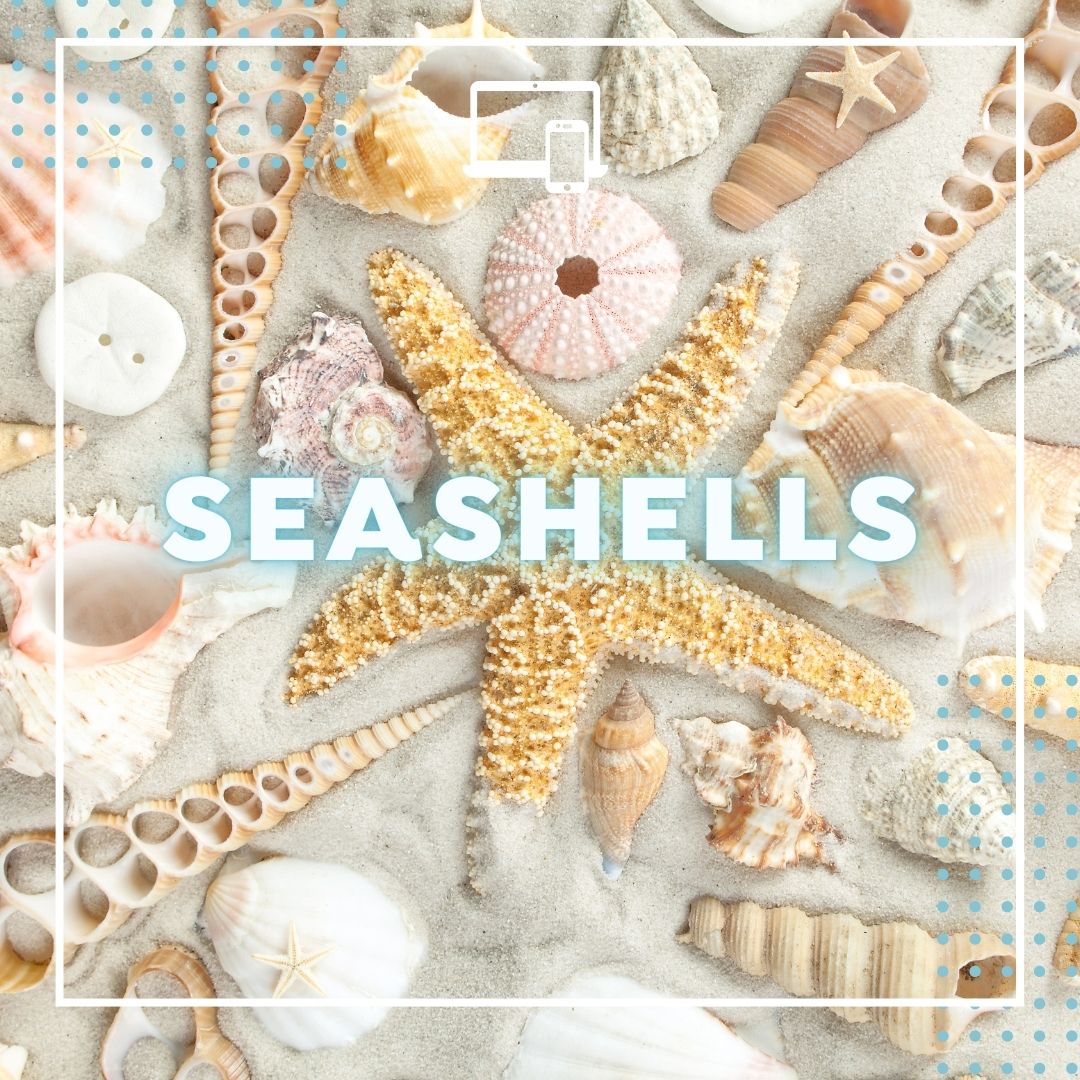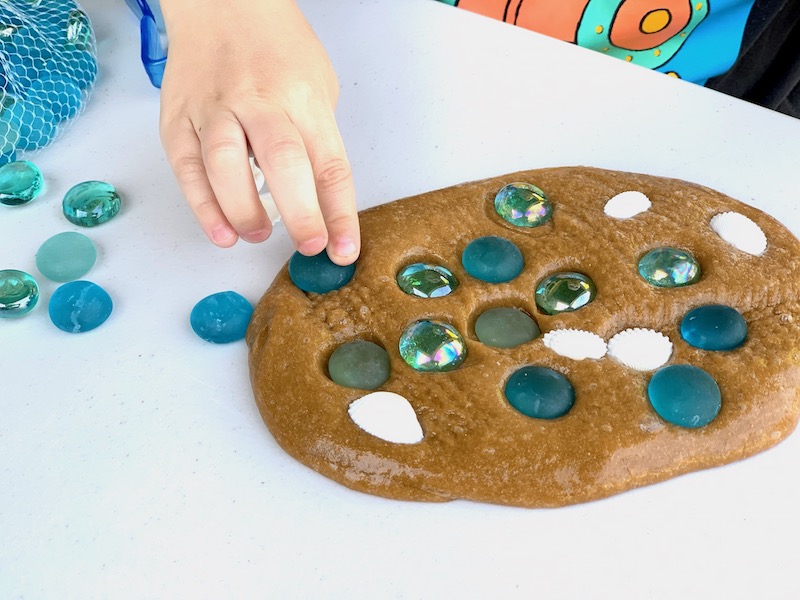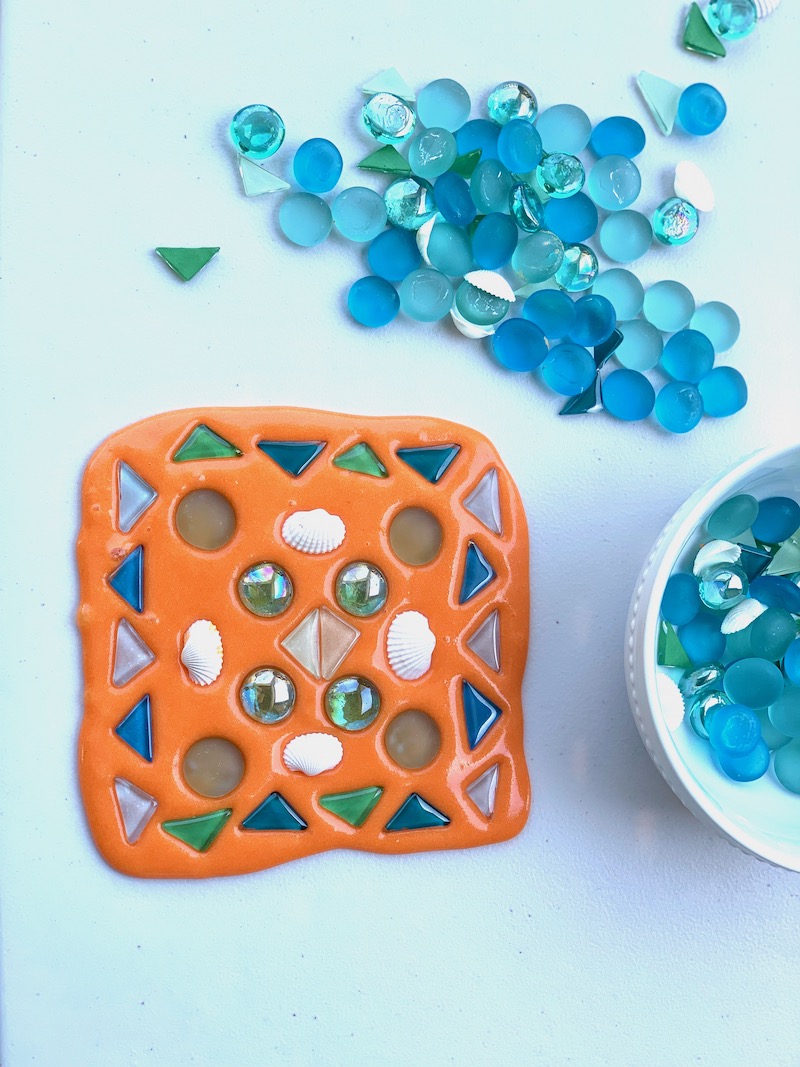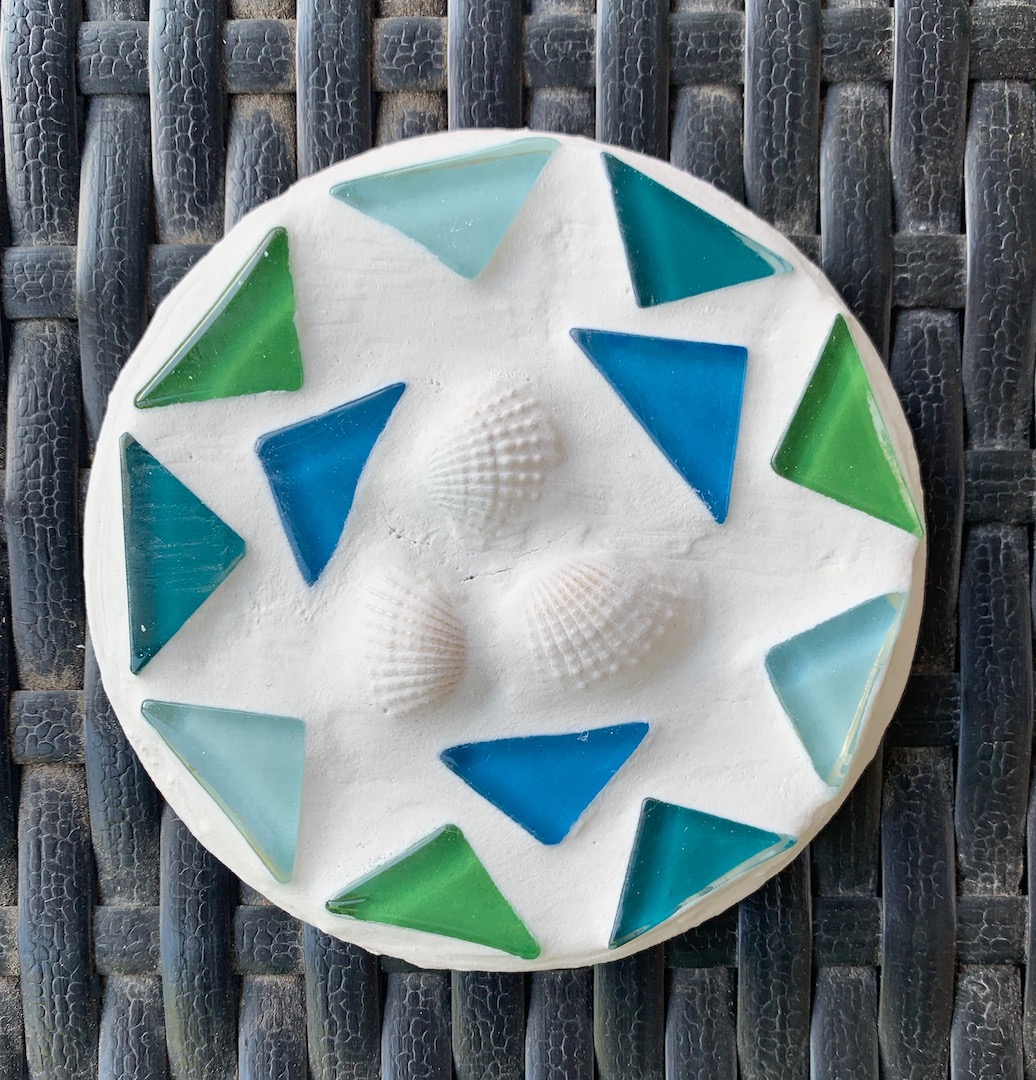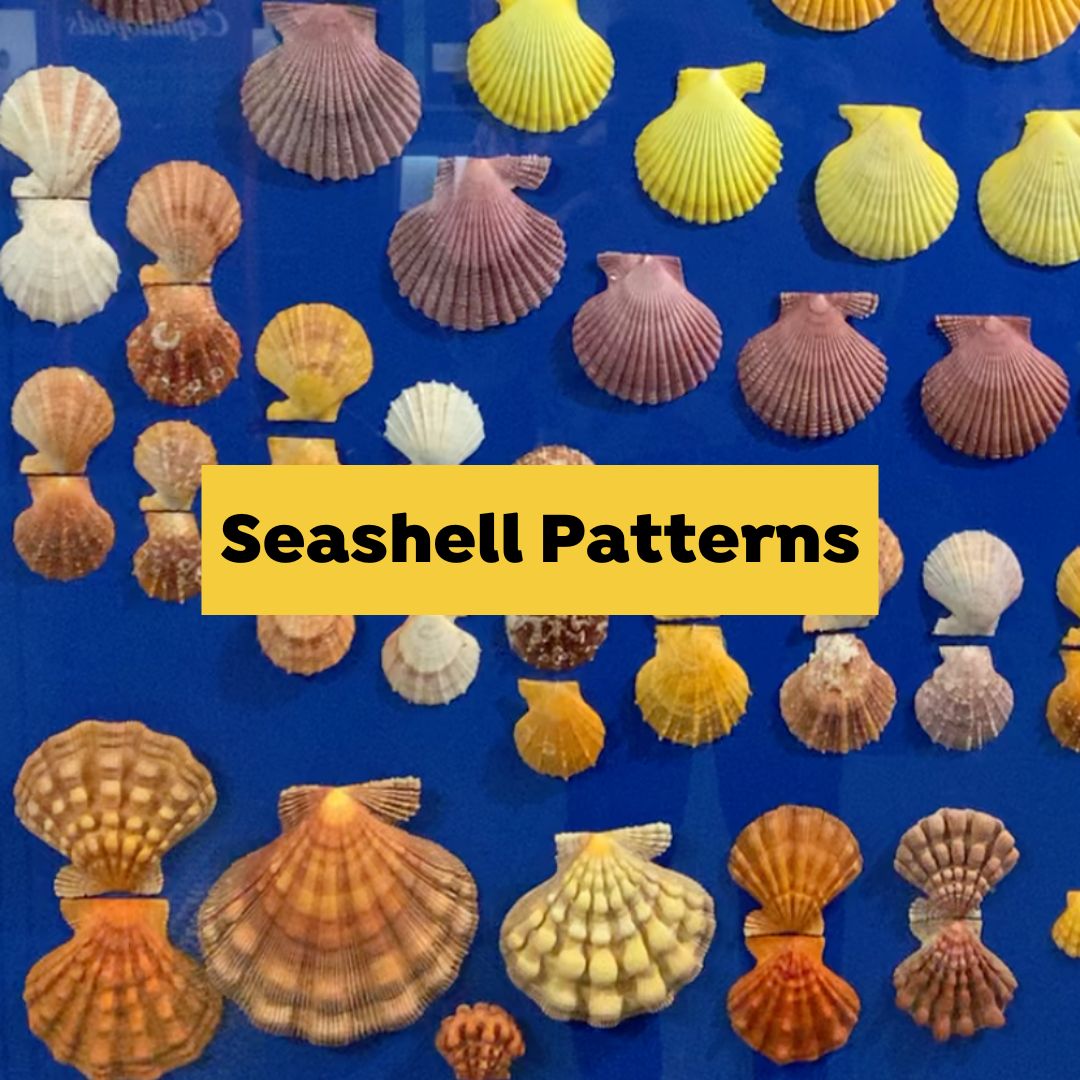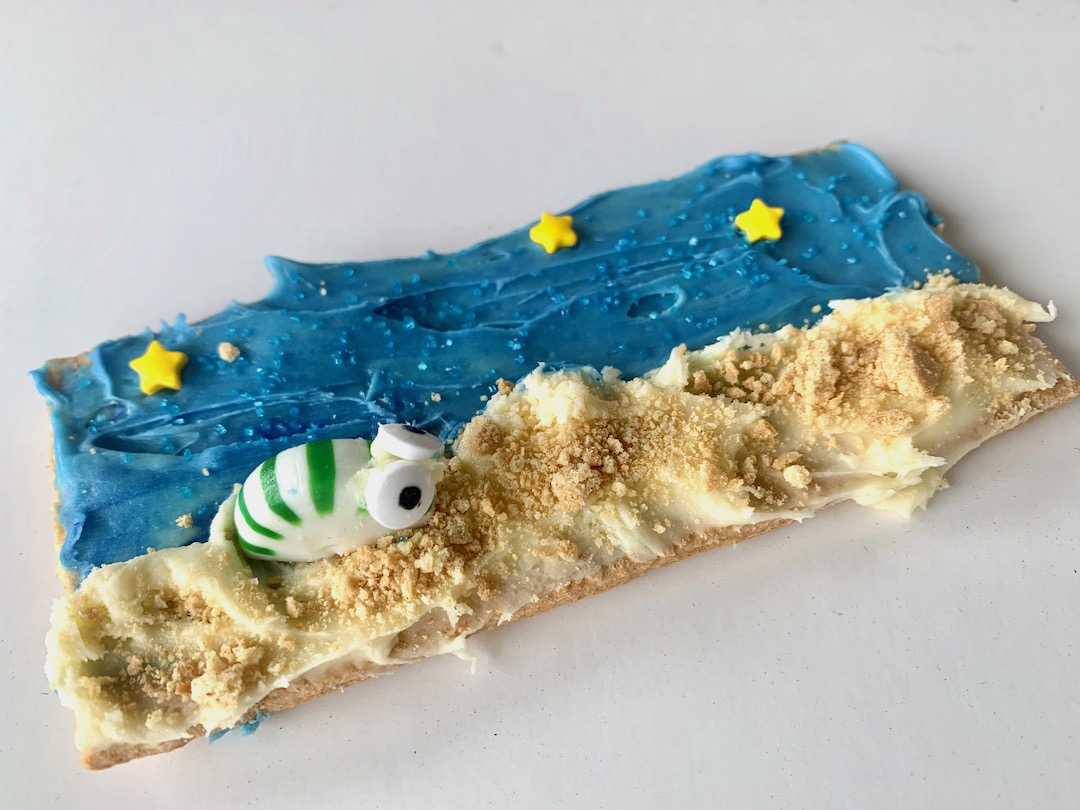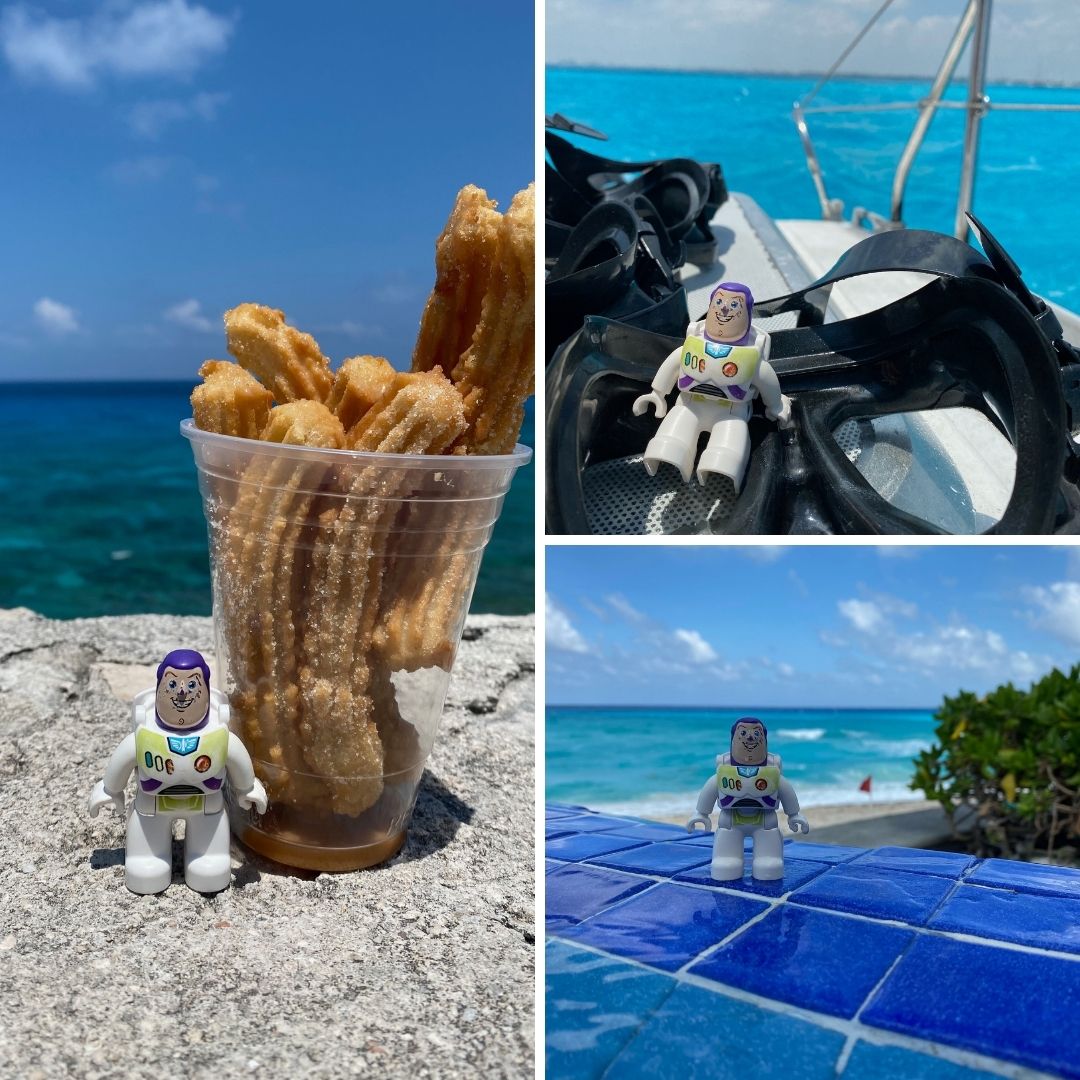Let's Explore Seashells and Mollusks!
The purpose of a Playdatebox is to connect generations through play!
Here’s how it works:
- Choose one picture book (we’ll supply some suggestions)
- Choose one recipe (yup, we’ve got that for you too)
- Gather supplies for two hands-on activites (we have several to choose from)
- Put everything into a box, and you’ve created a PLAYDATEBOX. Now all you need is a child to play along with you
May the shells on the beach remind you that treasures arrive every day in the form of simple things.
Obsanjo Samuel
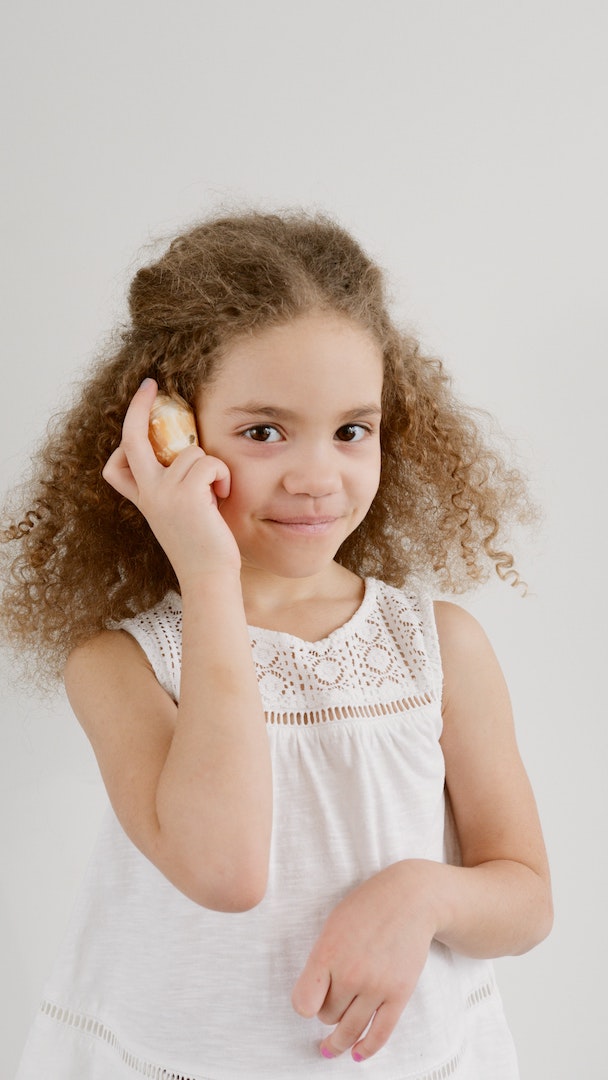
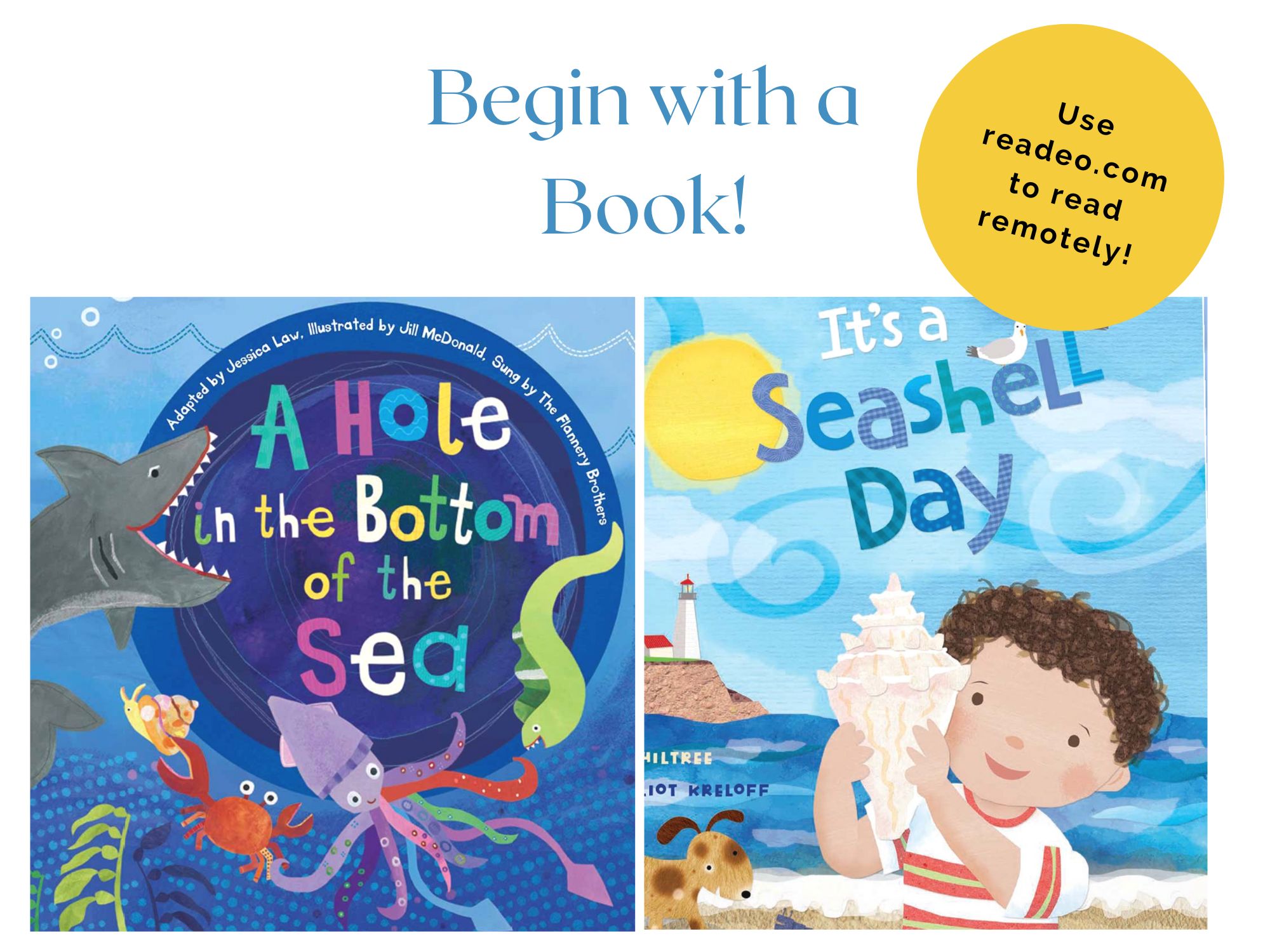
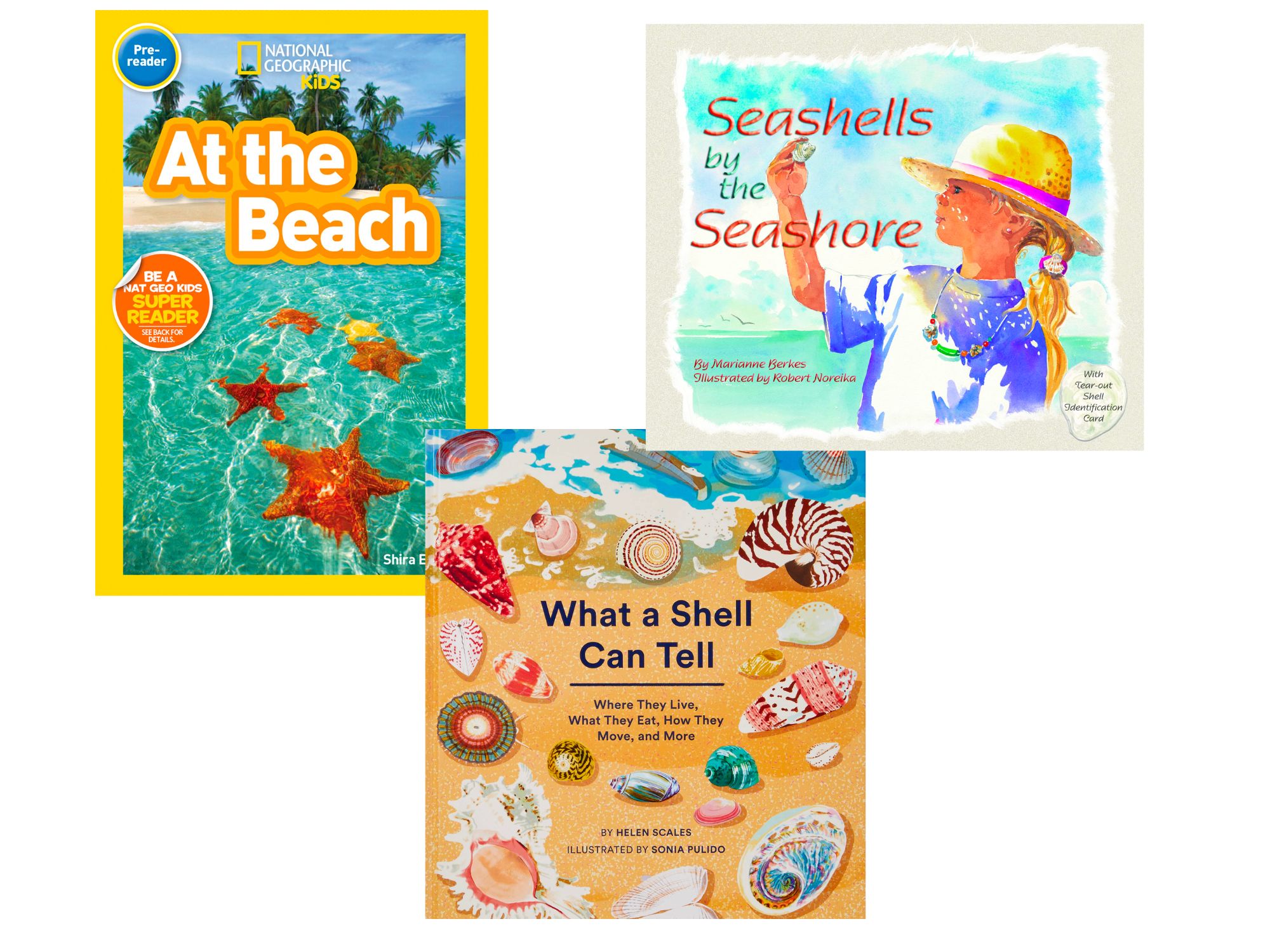
Choose an age-appropriate book. Here are some favorites I’ve tried:
It’s a Seashell Day: (ages 3-7)
Grab your shovel and your pail and follow along in this colorful book as the rhyming text guides you through a day on the beach with a young boy and his mother. Together, they discover all kinds of seashells and learn about the creatures that live inside.
National Geographic Readers: At the Beach (ages 2-5)
Young readers will learn all about the beach and the animals that call it home in this fun pre-reader.
Seashells By the Seashore: (ages 3-8)
Discover twelve kinds of seashells in this beautifully illustrated, rhyming and counting book for kids!
What a Shell Can Tell: (ages 6-9)
An information-packed introduction to the wonder of shells through the art of observation. Showcases the incredible diversity of shells around the world, including the environments mollusks inhabit.
Step 2: Choose ingredients to make a fun recipe. Add the ingredients and your chosen book to your Playdatebox!

Try one of our beach-themed recipes:
Sand Slime: A delightful concoction made with fine, colorful sand and clear school glue.
Seashell Beach Cookies: Construct your own beach scene with frosting, peppermint sea snails, and graham cracker sand.
Gather the necessary ingredients and store them in your Playdatebox so they are ready to go when the grandkids come.
For Long-Distance Grandparents:
If your grandchildren are far away, you’ll design your Playdatebox to be used remotely over Zoom or FaceTime. The box you ship will include ingredients for a simple recipe (or just send a grocery list to the grandkids in advance). After you read their book to them, you can enjoy own online cooking show. Seashell Beach Cookies can be made in just minutes. You might need an adult on the other end to help out, but that can be a fun time to bond with your adult children as well.
Sand slime is not for the faint of heart, but it is a favorite recipe for my grandchildren! It can be done remotely, but only if there is an adult present to help the grandkids since the glue in slime can make a big mess if it isn’t handled carefully. It can stick to hair and clothing.

We never get tired of sand slime at this grandma’s house!
Step 3 - Choose a Hands-on Activity. Add supplies you need to your box!
Activity Idea #1: Touch Some Seashells
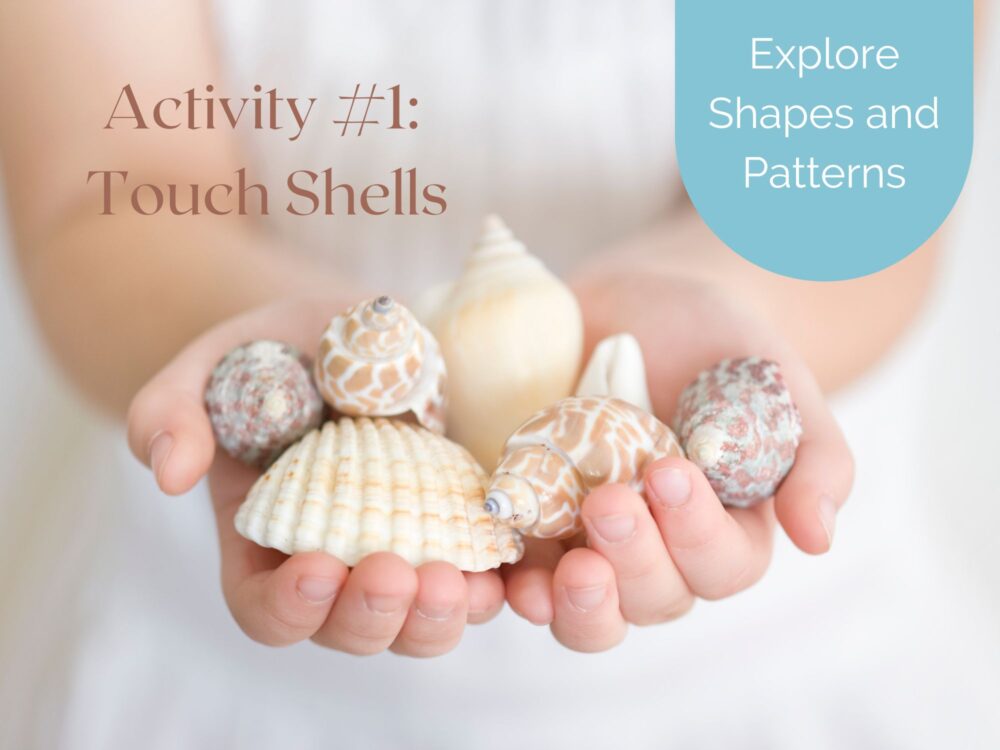
Gather a few real seashells (purchase these at any craft store if you don’t have any on hand). Just touch them together and wonder at their beauty. Next, think of some “curiosity questions.”
- Did you know that a seashell is formed by the animal that used to live inside of it?
- Have you ever noticed seashells often display intricate patterns in their design, shape, and coloring? Why do you think these patterns happen?
- What gives a seashell its color?
How to Do This Remotely:
Gather some seashells on both sides of your call. Show them to each other! Which ones are your favorites? What ocean do you think they came from? What other questions do you have about seashells?
Activity Idea #2: Go on an Outing to Discover Mollusks
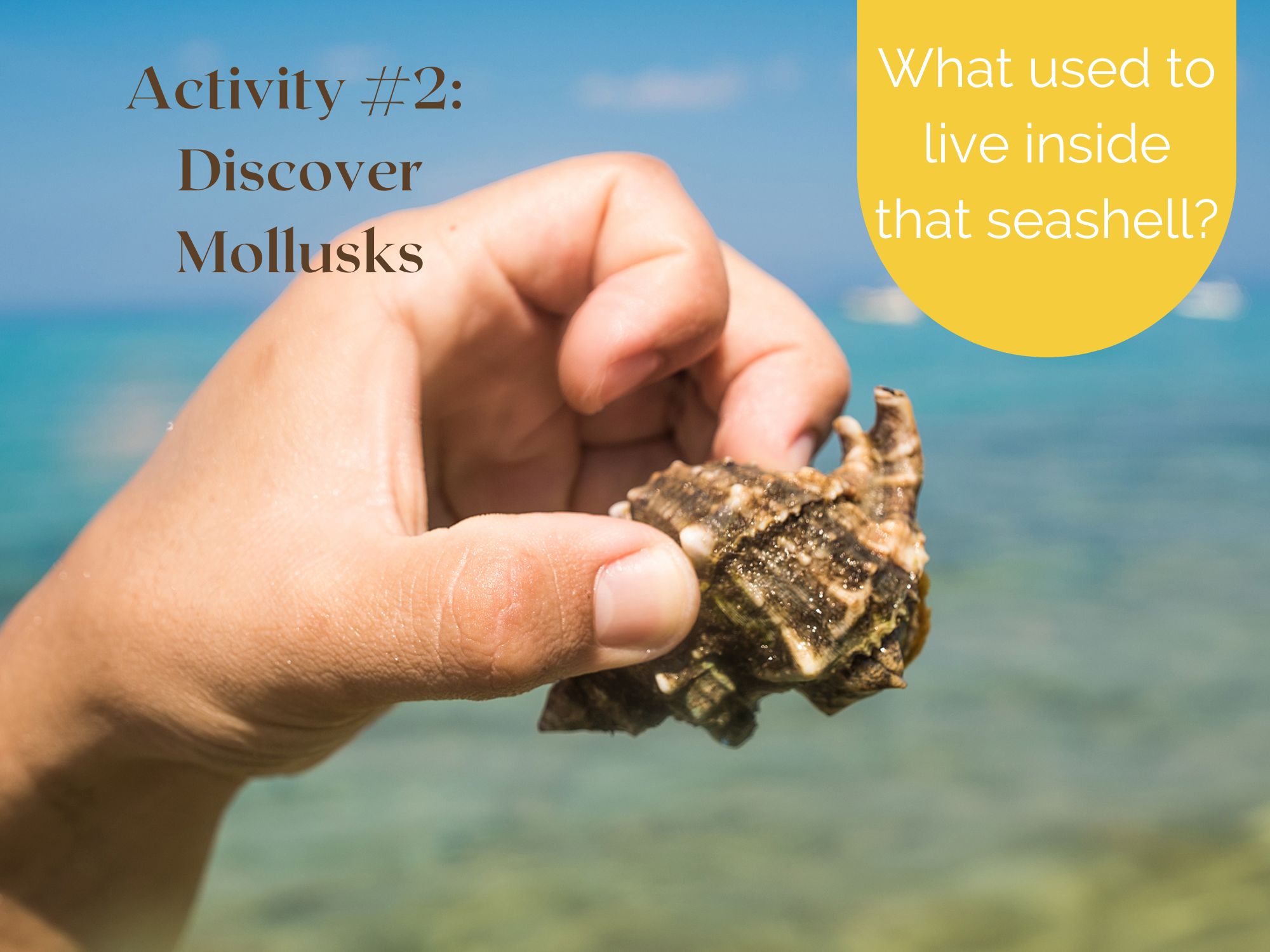
What is a Mollusk?
We sometimes forget that a seashell is the empty shell of what used to be a live animal—a mollusk!
If you are lucky enough to live near an ocean, you can create fun memories by exploring tide pools and beaches at low tide to find these living creatures. They include gastropods, bivalves, and cephalopods.
Land-locked grandkids will have fun at a local aquarium and you can visit one together to learn what makes mollusks so cool.
How to Do This Remotely:
A “remote” outing option is to check online for YouTube videos of living mollusks. Try this one produced by the Sanibel Shell Club. We seldom see the mollusks that live inside of the shells. Sanibel Island has beaches made up almost entirely of shells! It’s also home to the Bailey-Matthews National Seashell Museum.
Where would you go in your neighborhood to learn more about seashells?
Activity Idea #3: Make Mosaic Patterns with Seashells and Sea Glass

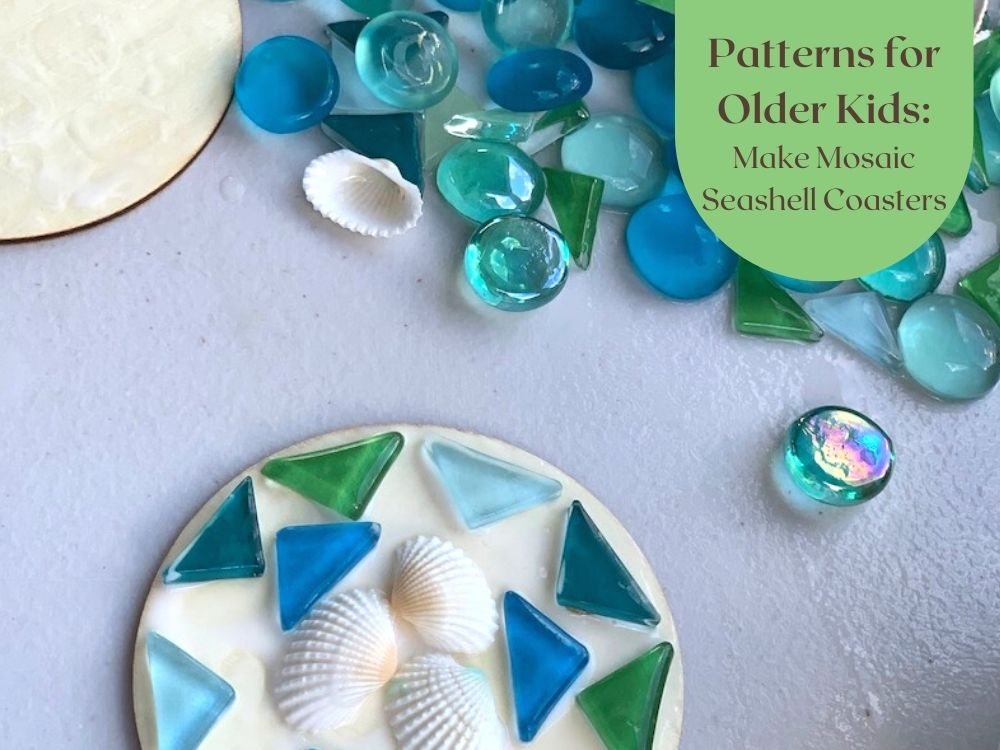
Educator Kelli Vogstad writes: “Patterns are at the heart of math. The ability to recognize and create patterns help us make predictions based on our observations; this is an important skill in math. Understanding patterns help prepare children for learning complex number concepts and mathematical operations.”
Scientists are just beginning to understand the complex mathematical patterns found in seashells.
Try using:
How to do this remotely:
Make a pattern in your sand slime and see if your grandchild can copy it. Or, just chat as you work on a design. Your hands will have something fun to do while you carry on a conversation.
Older kids may have fun making a larger mosaic. Cut a sheet of clear adhesive Con-Tact paper. The sticky side helps shells and mosaic pieces stay put as you are designing. Layer the pieces upside down, then you can set the design in a stepping stone mold and cover it with concrete for a finished stone.
You may prefer to start with a purchased stepping stone mosaic kit. You’ll have lots of fun creating mosaic patterns and developing your mathematical skills. Add some seashells to your design!
Try building your Seashells Playdatebox and let us know how it goes! You can email us with thoughts, ideas and suggestions at customercare@playdatebox.com!
You’ll find detailed instructions for all of these playdate ideas and more at the following links:

